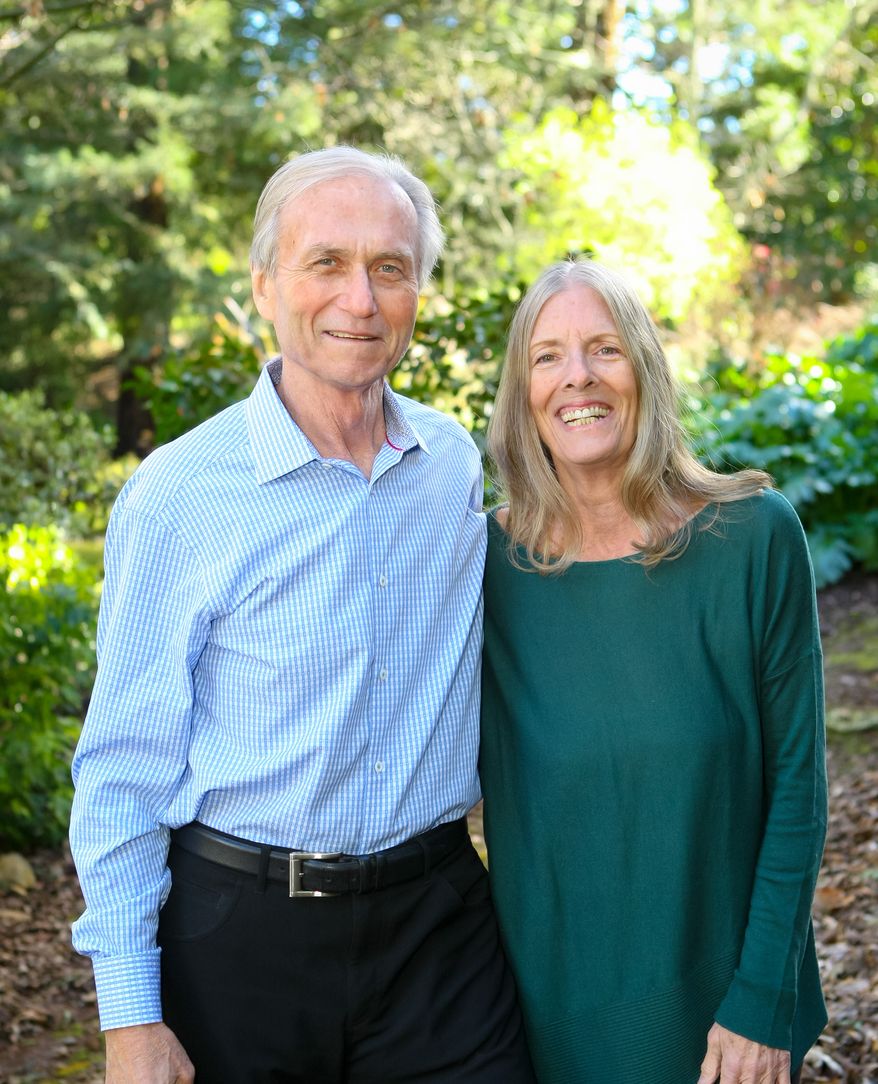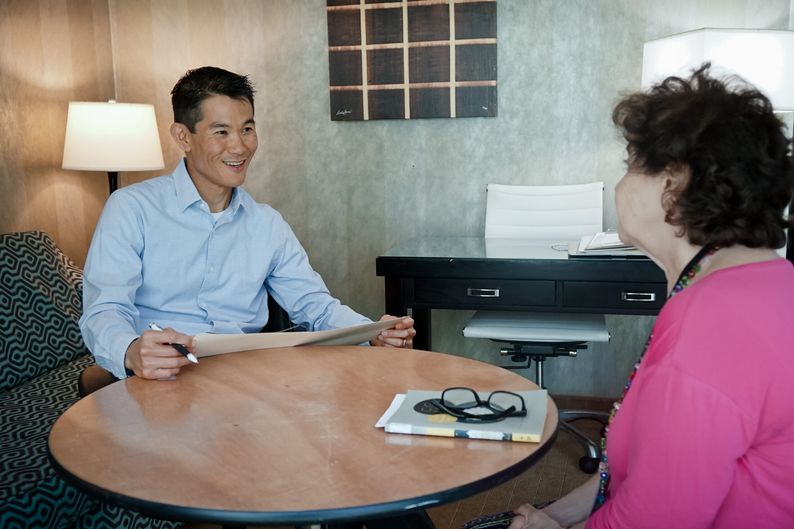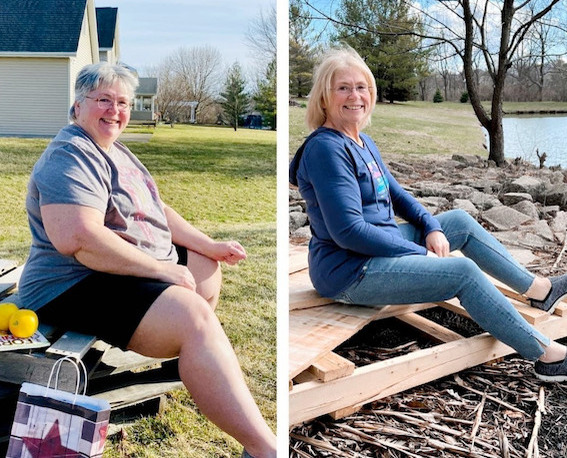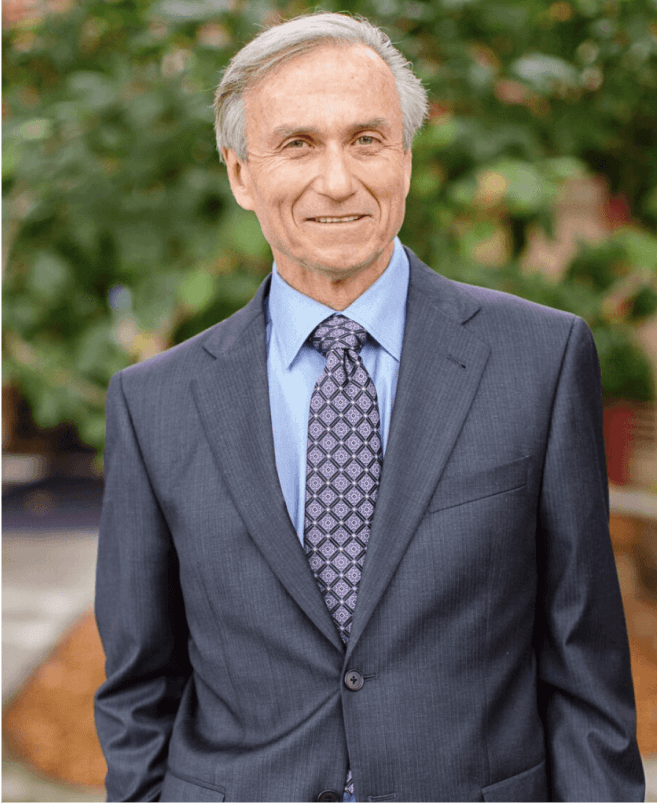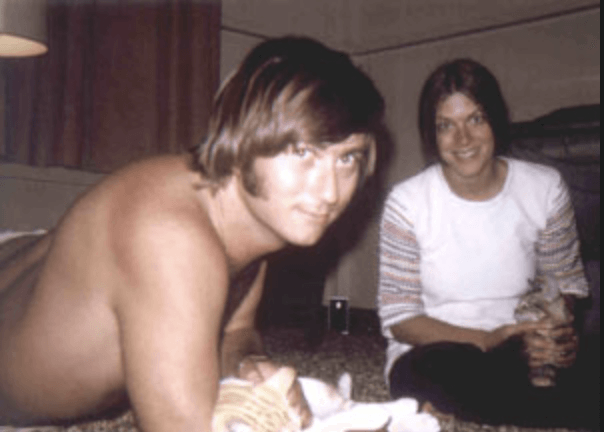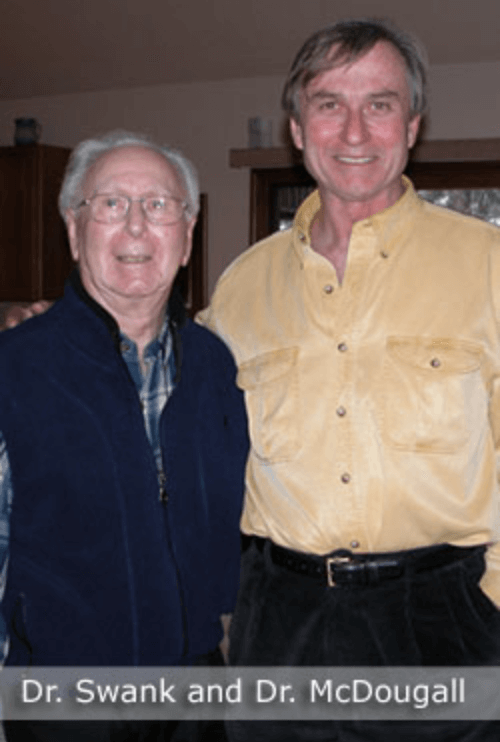From my patients at the Hamakua Sugar Plantation, between 1973 and 1976, I had learned the cause of over 80% of the diseases afflicting people in North America and the rest of the Western world. My elderly patients had immigrated to Hawaii from China, Japan, Korea, and the Philippines, where rice was food. They brought their culture with them. Their children, tempted by Western foods, slowly changed. The third generation, had essentially given up rice and vegetables for meat, dairy, and junk. For all three generations, their health reflected their diet. The first generation immigrants were trim, active, and medication-free into their 90s. They had no diabetes, heart disease, arthritis, or cancers of the breast, prostate, or colon. Their children became a little fatter and sicker, and most of their grandchildren had lost all of their immunity to obesity and common diseases — in every way of appearance and health, they were full-fledged Americans.
My observations contradicted two basic beliefs I had held since childhood. The first was that as we age, we naturally become fatter and sicker. The second was that a well-balanced diet was best. Before my own eyes I saw fully functioning elders thriving on grains and fruits and vegetables. With the inclusion of the two other basic food groups — meat and dairy — the progeny failed.
The most impressive example of the potential for extraordinary health provided by a starch (rice) based diet came from some special Filipinos—specifically, family units consisting of an elderly man, a very young wife, and their children. After saving for years and then retiring, single men traveled to the Philippines in search of a young bride. In my office every day I witnessed what can best be described as “natural Viagra.” Men in their 70s and 80s were starting new families and demonstrating physical functions many American men only fantasize about after their 50s. These Filipino septuagenarians also expected to see their young children grow into adults, and they did. This virility and optimism was from their simple diets.
